Getting to grips with first aid
In Conditions
Follow this topic
Bookmark
Record learning outcomes
The first aid category is a stalwart of the pharmacy shelves, and some semblance of a first aid kit will exist in most households. But what key items should be included, and what advice should be offered to deal with minor ailments and injuries?
Children have gone back to school, returning to work may be on the cards, better weather is encouraging people to spend more time outside and normal life may just be starting to resume, at least in part.
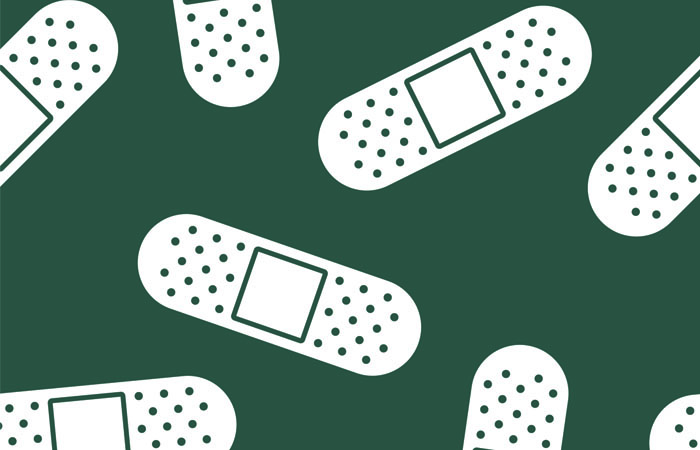
With all these developments, the risk of accidents and injuries may increase and so being prepared for all eventualities is important. Basic first aid can help to stop a minor situation from getting worse, and pharmacy teams can help customers with the knowledge, advice and product recommendations to do just that, starting with what should be included in a family-friendly basic first aid kit:
Accidents and injuries: cleaning
Sterile wipes
If a wound can’t be cleaned under running water, sterile alcohol-free wipes are a useful alternative. It’s important to wipe away from the wound, using a new wipe or clean section for each stroke.
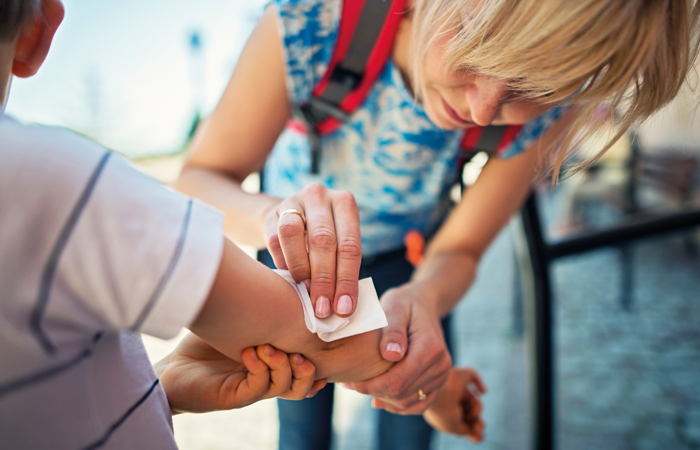
Sterile gauze pads
These are a particularly convenient addition to a first aid kit due to their multitude of uses. They can be used as swabs to put pressure on a wound to stop it bleeding, soaked with water or saline solution and used to clean wounds and/or used to pat a wound dry. See also ‘Dressings’ below.
Saline solution
This is useful not only for cleaning wounds when running water isn’t available, but also irrigating the eyes by washing away debris
and other foreign substances.
Accidents and injuries: dressing
Bandages
There are three main types of bandage: roller, tubular and triangular. They are mainly used to support injured limbs, and all of them have different uses, depending on the part of the body that’s affected:
- Roller bandages are useful to help limit swelling, maintain pressure on a wound and as another option for holding non-adhesive dressings in place. They are particularly convenient for awkward areas such as the hands and ankles, but can be used for lots of areas of
the body - Elasticated tubular bandages can be used to support injured joints such as elbows or knees. Smaller tubular bandages can be used to secure dressings on toes and fingers
- Triangular bandages can be used as large dressings, as a sling to support a limb or to secure dressings in place.
Bandages should be firm but not tight and the fingers and toes should be left exposed to aid checking the individual’s circulation. This can be checked by pressing on their finger or toe for five seconds until it goes pale. If the colour doesn’t return after two seconds, the bandage is too tight and should be reapplied more loosely.
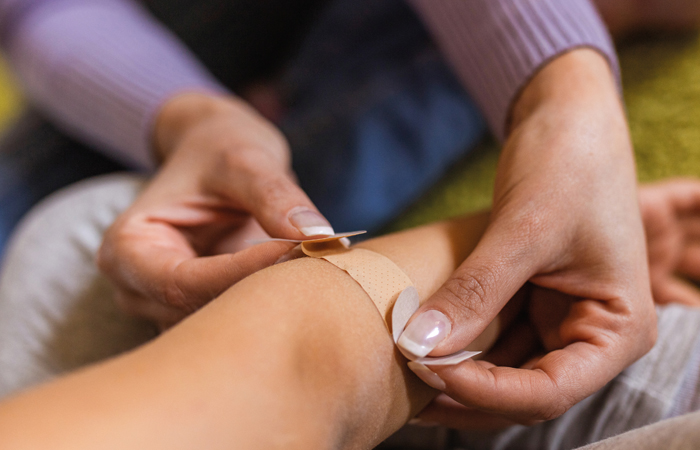
Dressings
Once a wound has been thoroughly cleaned and dried, it needs to be protected to help avoid infection. The dressing should be big enough to cover the full wound, with some excess overlapping the edges. The type used depends on the size, location and severity of the wound and a good first aid kit will contain a range of different options to cater for all eventualities. If the wound is on a finger, a waterproof plaster might be a good option. If a knee needs protecting, a specially designed plaster for joints, or a gauze pad secured with microporous tape or a bandage, might work best. Note that some people are allergic to the adhesive on plasters so alternatives may be required.
Specific dressings are available for different types of wounds, such as hydrocolloid plasters to help blisters heal faster and sterile eye dressings that are shaped to fit around the contour of the eye socket.
Accidents and injuries: soothing
Antihistamines
Antihistamine cream or tablets, depending on the customer’s needs and preferences, can help to soothe the itching, inflammation and irritation caused by insect bites and stings. Alternatively, a hydrocortisone cream may be preferred for more severe cases.
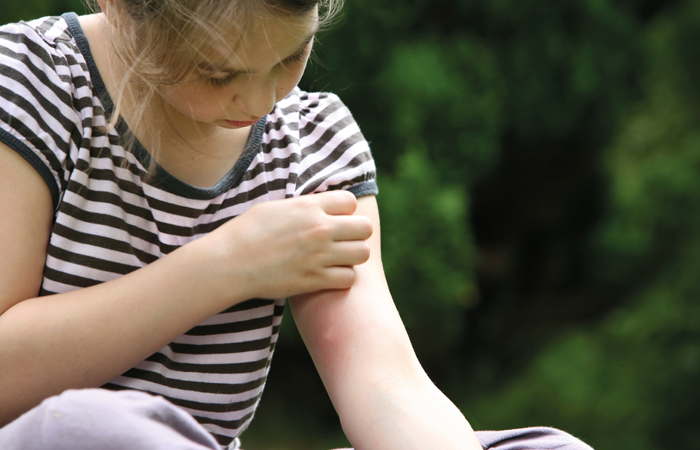
Painkillers
Painkillers such as paracetamol are handy for lots of first aid situations where pain is involved. Where suitable, ibuprofen is a good option if inflammation is an issue too. If there are children in a household, age-appropriate painkillers should be included in addition to those suitable for adults.
Cold compress
A cold compress can be used to soothe sprains, bruises or insect bites and stings, helping to reduce pain and swelling. Purpose-made first aid cool packs can be used. Ice packs, frozen peas or ice placed in a plastic bag are good alternatives, and these should be wrapped in a tea towel, or similar, before placing on the skin. If none of these are to hand, soaking a clean cloth or flannel in cold water and wringing it out before holding it firmly against the area is also an option, and this process should be repeated every couple of minutes to maintain a cool temperature.
The affected area can be cooled for up to 10 minutes. This method of cooling should not be used for burns.
Useful extras
• Disposable gloves – preferably latex-free in case of allergy – and hand sanitiser to help prevent contamination and infection
• Microporous tape to secure the ends of bandages or hold dressings in place
• Safety pins for securing bandages
• Tweezers to help remove foreign objects such as splinters or a bee sting from a wound
• Scissors for cutting dressings down to the required size
• An aluminium blanket to help retain body heat in a first aid or emergency situation.
Common accidents and injuries
With a well-stocked first aid kit, attending to all manner of first aid situations is made easier, particularly with common occurrences such as burns, scalds, cuts and grazes.
Burns and scalds
A burn is caused by dry heat, such as fire, while a scald is caused by wet heat, such as steam. The most important action to take is to cool the affected area fast to minimise injury. It should be held under cool or lukewarm running water for at least 20 minutes. It can then be covered with cling film or a clean plastic bag to protect skin from infection. Blisters should be left alone and not burst.
Medical attention should be sought if the burn:
- Is larger than the person’s hand
- Is on their face, hands or feet
- Is particularly deep
- Was from an electrical source
- Has blistered or looks infected.
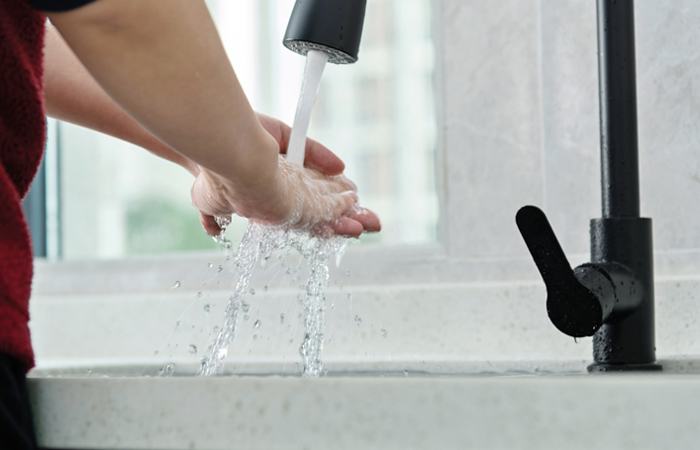
Cuts and grazes
A cut is when the skin is fully broken, whereas a graze means the top layers of skin have been scraped off. In either case, the treatment is the same.
If the wound is bleeding, it should be raised above the level of the heart – for a hand or arm, hold the injury above the head, if it’s a lower limb then the person should lie down and raise the affected area. Once the bleeding has stopped, the wound should be cleaned, which not only helps prevent infection, but also encourages healing. According to the NHS, antiseptic should not be used as this can damage the skin and lead to scarring.
A dressing should then be applied to protect it from infection and create the optimum moist environment for it to start to heal. The dressing should be changed regularly, especially if it gets dirty, wet or soaked with blood.
Medical attention should be sought if:
- A wound won’t stop bleeding
- A foreign object is embedded in the wound – like a splinter of wood or glass
- The wound is from a human or animal bite
- The wound may be infected
- The individual may not have been immunised against tetanus.
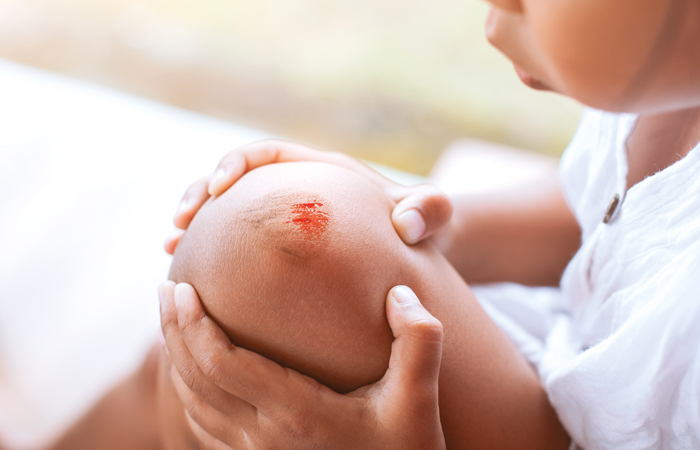
Important considerations
- If the first aid kit is not stored securely out of reach of children, customers should be advised to keep painkillers and other medicines separately in a safe place
- First aid kits should be checked regularly to ensure each of the components are fit for purpose and within their expiry dates, particularly sterile products and painkillers, if included.
Managing scars
An estimated 23 million adults in the UK have some form of scar and pharmacy teams can offer information on different kinds of aftercare
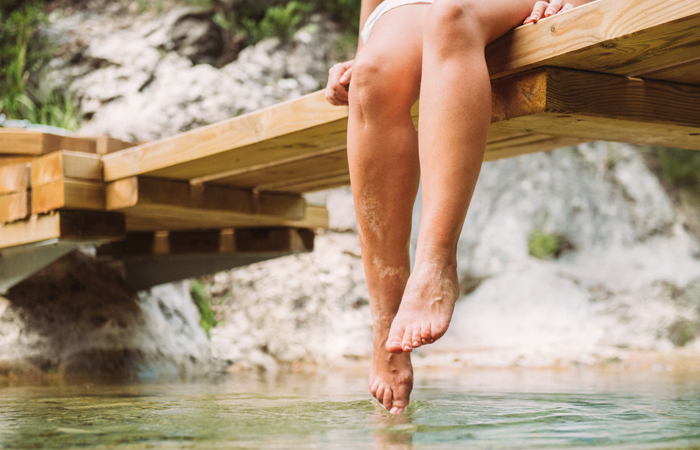
Scars are a natural part of the healing process following an injury to the dermis or epidermis layers of the skin. The deeper the damage, the more complicated the healing process is.
As wounds heal and scars form, new collagen is formed and blood vessels return to normal, which is why scars tend to fade over time, although they’re unlikely to ever completely disappear.
Types of scar
There are several different types of scar, each with distinct characteristics:
Flat, pale scars
The most common type of scar, these may be red or dark and raised after the wound has healed, but will become paler and flatter over time, although this can take up to two years.
Atrophic scars
These are pitted or sunken scars, often caused by conditions such as acne or chickenpox. They can also develop as a result of an injury that causes a loss of underlying fat.
Contracture scars
Caused by burns, these develop when the damaged skin shrinks, leading to tightness and a restriction in movement. The degree of scarring will depend on the severity of the burn.
Hypertrophic scars
These are caused by deep wounds and start off red and raised due to excess collagen being produced at the site of the wound. They can thicken for up to six months, before becoming flatter and paler over the course of several years.
Hypertrophic scars are more common in young people and those with darker skin. Some people have an inherited tendency to this type of scarring.
Keloid scars
This is an overgrowth of scar tissue that develops around a wound. Similar to hypertrophic scars, it occurs due to an excess of collagen at the site of the wound. However, unlike hypertrophic scars, keloids extend beyond the boundary of the original wound and keep on growing, even after the wound is healed. These scars are raised above the skin and can be pink, red, the same colour or darker than the surrounding skin. They may be itchy or painful at first and the colour may fade over time.
Anyone can get a keloid scar, but young people and those with darker skin are more prone to this type of scarring. They are also more common on certain parts of the body, such as the ears, chest, shoulders and back, but they can occur anywhere. If someone has had a keloid scar in the past, they will be more prone to them in the future.
Striae scars
These are stretch marks, which appear when skin suddenly stretches due to rapid weight gain, pregnancy or growth spurts. The dermis breaks and deeper layers show through as pink, red, brown, black, silver or purple lines, which tend to fade over time. These can feel tight and itchy. Keeping skin hydrated and maintaining a healthy weight may help, but striae cannot be prevented completely.
Treatment options
Once wounds are completely healed and a scar has formed, scar massage can be a good option for helping to break down the scar tissue. Customers may want to use an oil or moisturiser to keep the scar hydrated and further soften the scar tissue. These should be used for a minimum of three months to achieve the best results.
Advising customers on sun protection for their scars is also important as scars lack melanin and are therefore particularly sensitive to sun exposure.
An evidence-based silicone product, which come in gel or sheet form, may be suitable, and these should be used as soon as possible after healing, as per the manufacturer’s instructions.
More invasive scar therapies such as lasers, microneedling, injections, surgery and radiotherapy are available, although nothing will erase a scar completely.
Having open and positive conversations with customers about how scars are affecting them and the methods of management that are available can have a big impact on their quality of life. This is particularly true if the scars are itchy, interfere with mobility or have a negative impact on their mental health.
Offering a private conversation in the consultation room is a good option to help customers feel more comfortable.
Scars and mental health
Scarring has physical effects on the appearance of the face and body, but it can also affect people psychologically, impacting their self-esteem and self-worth and potentially leading to anxiety, social isolation, depression and even aggression.
Customers should be advised to speak to a GP if they feel that their scars are having a negative impact on their mental health and/or daily activities. Counselling and/or scar therapies may be available to support them.
